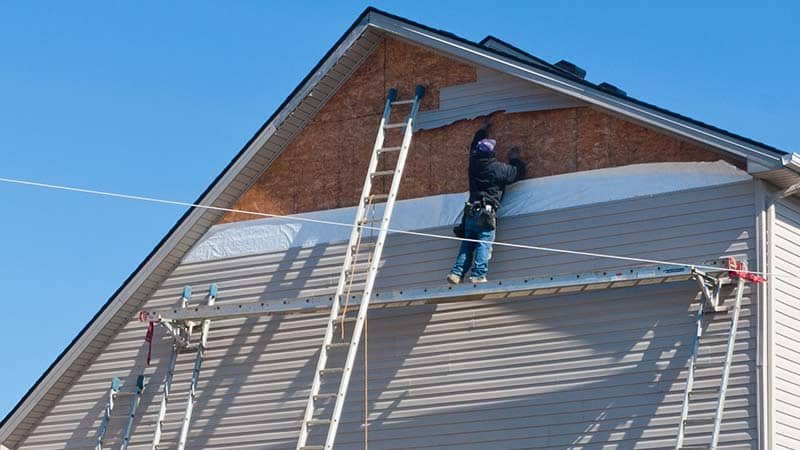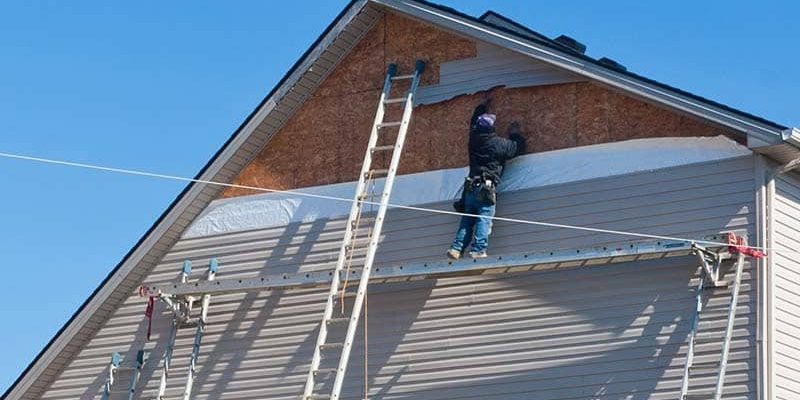
If you’ve walked outside after a storm and found your Dish Network satellite receiver, Linksys router, or Ring doorbell looking battered, you’re not alone. Hail and wind-blown debris don’t care if it’s a fancy remote, a high-end solar panel, or your trusty garage door opener. The damage can be anywhere from minor scuffs to total destruction. Here’s the thing: learning to recognize and repair this type of hardware damage isn’t just about saving money—it’s about keeping your home running smoothly and safely.
Spotting Storm Damage: What to Look for After Hail and High Winds
The first step to repairing hardware that’s been damaged by hail or wind-blown debris is figuring out exactly what went wrong. Sometimes the problem is obvious—you might see a cracked plastic shell, a shattered screen, or a satellite dish that’s now pointing at the neighbor’s dog instead of the sky. Other times, it’s more subtle. Maybe your hardware looks fine, but it won’t power on, sync, or connect like it used to.
So, where do you start? Walk around your property and take a close look at anything that lives outdoors or near windows. This includes:
- Satellite dishes and their mounts
- Outdoor Wi-Fi antennas or repeaters
- Security cameras and smart doorbells (like those from Ring or Arlo)
- Solar panels and their control boxes
- Remote-controlled devices (garage door openers, pool covers, etc.)
Check for: dents, cracks, missing pieces, water inside electrical parts, and anything that looks “off.” If you’re not sure, try syncing, pairing, or running code updates—sometimes damage only shows up when the device tries to work. Don’t just check once. Sometimes water sneaks its way in and causes battery or circuit issues days later.
Assessing the Damage: Is It Fixable or Time for a Replacement?
Once you’ve spotted the storm damage, you’ll need to decide what’s salvageable. This is where things get a little tricky. Here’s the thing: not every smashed or busted piece of equipment can—or should—be fixed at home. Some brands, like Dish Network or certain high-end routers, are built with replaceable parts. Others, especially when it comes to sealed smart home devices, really aren’t.
Here are a few cues to help you out:
- Superficial Damage: Scratches, light dents, or cosmetic cracks on outer shells usually don’t affect the actual code, sync, or pairing functions.
- Internal Hardware Damage: If you see broken circuit boards, exposed wires, or smell something burnt, that’s a big red flag. Don’t try to reset or troubleshoot—these cases often need a pro or a full replacement.
- Passive vs. Active Devices: Passive items (like brackets) are much easier to fix or replace than active electronics (like a remote battery pack or motherboard).
- Water Exposure: Water inside any electrical gear is trouble. Even if it looks dry, corrosion starts quickly and can mess with your hardware for weeks to come.
Let me explain: If your device can still pair, code, or sync after a full reset or fresh battery, you might be in luck. If it’s dead, glitchy, or acting weird, it’s probably safer to replace it—especially when safety or warranties are involved.
How to Safely Assess and Begin Repairs
Before you touch anything, safety is your main concern. Hardware that’s been exposed to water, especially electronics, can be dangerous. Unplug everything you can and turn off circuit breakers if you’re working on something like an outdoor router or smart doorbell.
Once you’re sure it’s safe:
- Remove External Debris: Carefully brush off leaves, hailstones, or dirt from the surface. A soft paintbrush or dry cloth works well—just don’t use water or chemicals.
- Check for Loose or Broken Parts: Tighten screws, snap panels back in place, but avoid forcing anything that won’t budge.
- Open the Case (If Recommended): Some brands allow easy access to battery packs or connection ports. Check for moisture, corrosion, or loose wires. If you see green or white “fuzz,” that’s likely corrosion from water damage.
Even if you’re handy, it’s easy to make things worse by poking around inside sealed electronics. If you see warranty stickers or can’t figure out how to open the hardware, it’s best to call customer support.
Common Repairs: From Dented Remotes to Damaged Antennas
Let’s talk about the fixes you can actually do at home. Honestly, some repairs are straightforward—others need a bit more patience (or a steady hand).
For remotes or battery-powered devices (like garage door openers):
- Open the battery compartment: Dump out any water.
- Dry with paper towels: Remove the batteries and dry inside and out.
- Reset or re-sync: Put in new batteries, then press the pair or reset button (found under the battery cover or on the circuit board). If the remote still won’t work, there’s likely deeper damage.
For satellite dishes or outdoor antennas:
- Check the alignment—wind and hail can knock it out of position. Use your smartphone’s compass (or the brand’s setup tool) to point the antenna or dish in the right direction.
- Look for cracked mounts or bent brackets. If the hardware feels unstable, replace the mounting parts before you try syncing or pairing again.
- Inspect cables. Replace any that are frayed, cut, or crushed—especially if storms brought down branches or flying debris.
Pro tip: If you’re dealing with a name-brand device, check your warranty or troubleshooting guide. Sometimes, the brand will send replacement parts or have a reset code you can use after a storm.
When to Call a Professional vs. DIY Repairs
You might be tempted to fix everything yourself, especially if you’re handy with tools or know your way around basic troubleshooting. But here’s the truth: some repairs are just out of reach for most homeowners.
Call a pro if:
- The device is still under warranty—DIY repairs could void coverage.
- You see exposed wires, scorched marks, or smell anything “electrical.”
- The device is connected directly to your home’s electrical system (hardwired security cameras, routers, or solar panel inverters).
- Your attempts at reset, sync, or pairing just won’t work, or you keep getting error codes after a storm.
On the flip side, basic physical repairs (replacing a cracked mounting bracket or swapping out a battery) are usually safe to tackle yourself. If you’re ever unsure, call the manufacturer or a local repair shop—better safe than sorry, right?
Preventing Future Damage: Small Steps That Make a Big Difference
Sure, you can’t stop a monster hailstorm, but you can make your hardware harder to break. Start by thinking about placement. Hardware that’s tucked under an eave, inside a weatherproof case, or mounted out of the wind’s direct path will last a lot longer.
- Use weatherproof covers for outdoor outlets and mounts.
- Install hardware where it’s shielded by a wall, fence, or overhang if possible.
- Secure loose wires and antennas so they don’t whip around in the wind and get damaged.
- For expensive devices, add surge protectors or backup batteries—power surges often follow wind or hail damage.
Some brands also sell reinforced hardware or offer “outdoor” versions of their products designed to take more punishment (think Ring’s rugged cameras or heavy-duty satellite mounts). If you live in a hail-prone area, investing in these might save you repairs and headaches down the road.
Comparing Quick Fixes vs. Full Replacement: What Really Pays Off?
You might be wondering: should you patch up your old, hail-dented antenna, or is it time to upgrade? Honestly, it comes down to a mix of repair costs, downtime, and peace of mind.
Quick fixes work best when the damage is only on the surface—think new batteries, re-syncing a remote, or swapping a cracked mount. These fixes are cheap, quick, and often get you back online immediately.
Full replacement makes more sense when:
- The damage is deep and affects performance (like signal loss, battery won’t hold charge, or pairing fails even after a reset).
- The unit is old, out of warranty, or you’ve already spent too much time troubleshooting.
- You want better protection—newer hardware is often tougher and less likely to break next time.
If you go for a replacement, look for options with easier troubleshooting tools, better weatherproof ratings, and good support from the brand. It’s not just about fixing something—it’s about making sure you don’t have to fix it again next storm season.
Wrapping Up: Protecting and Repairing Your Storm-Damaged Hardware
Repairing hardware that’s been damaged by hail or wind-blown debris isn’t always straightforward, but it’s usually worth trying—especially for costly gear like home networks, security cameras, or essential remotes. Take your time assessing the damage. Start with safe, basic repairs if you can, and don’t hesitate to call the pros for anything risky or high-voltage.
Remember, prevention goes a long way. Secure your hardware, shield it from the elements, and keep spare batteries or mounts handy for quick swaps after a storm. Next time the clouds roll in, you’ll be glad you took a few extra steps to keep your tech safe and ready to go.
